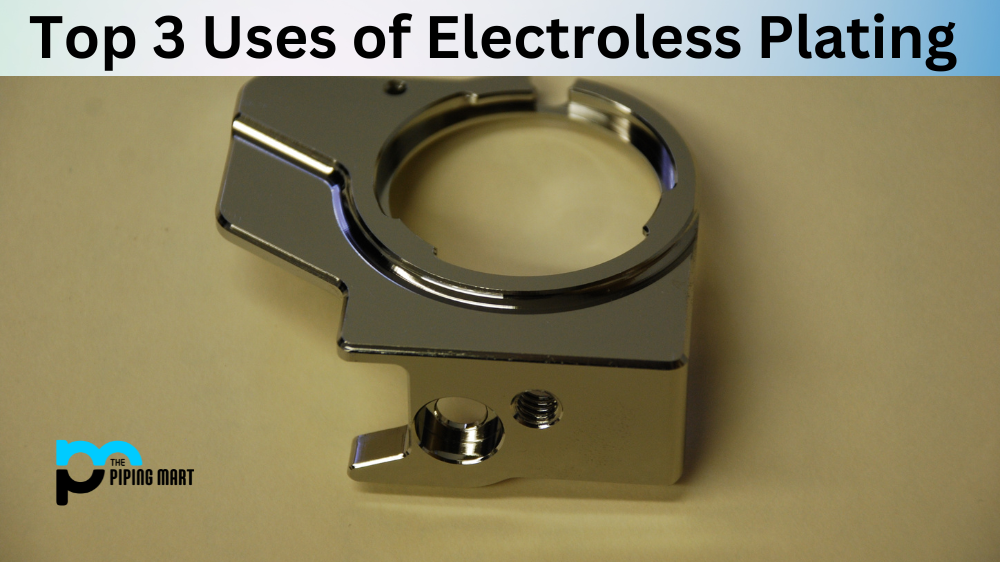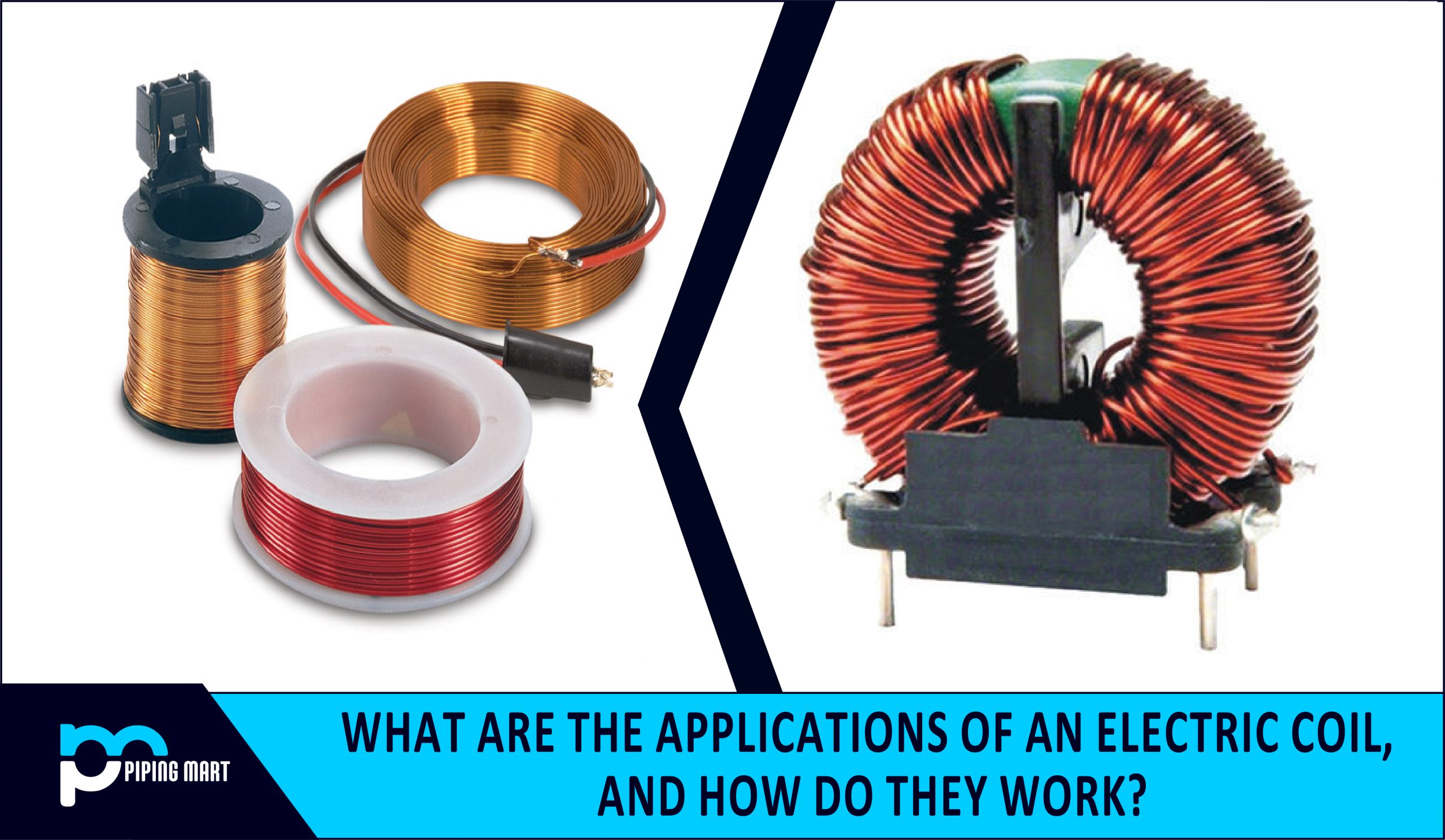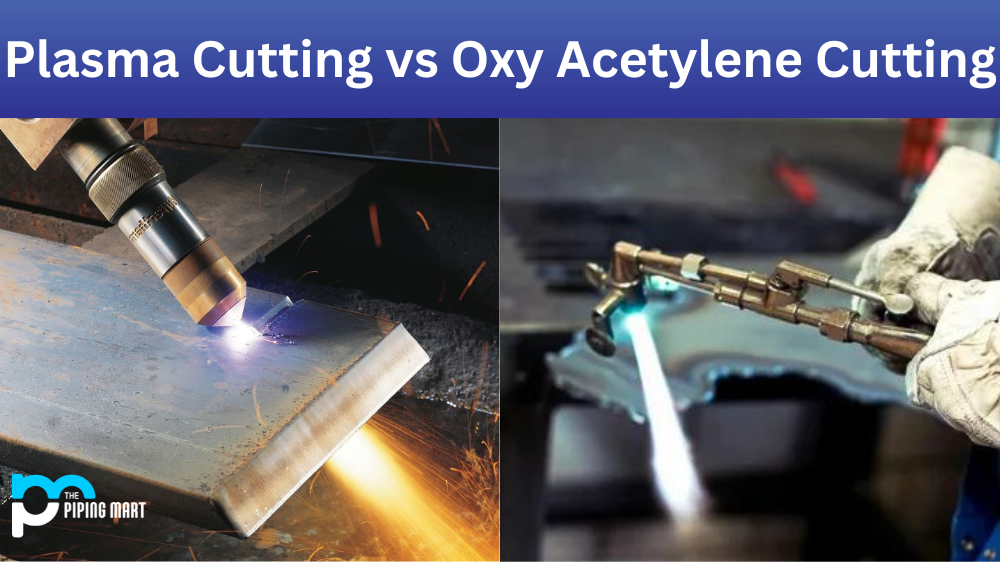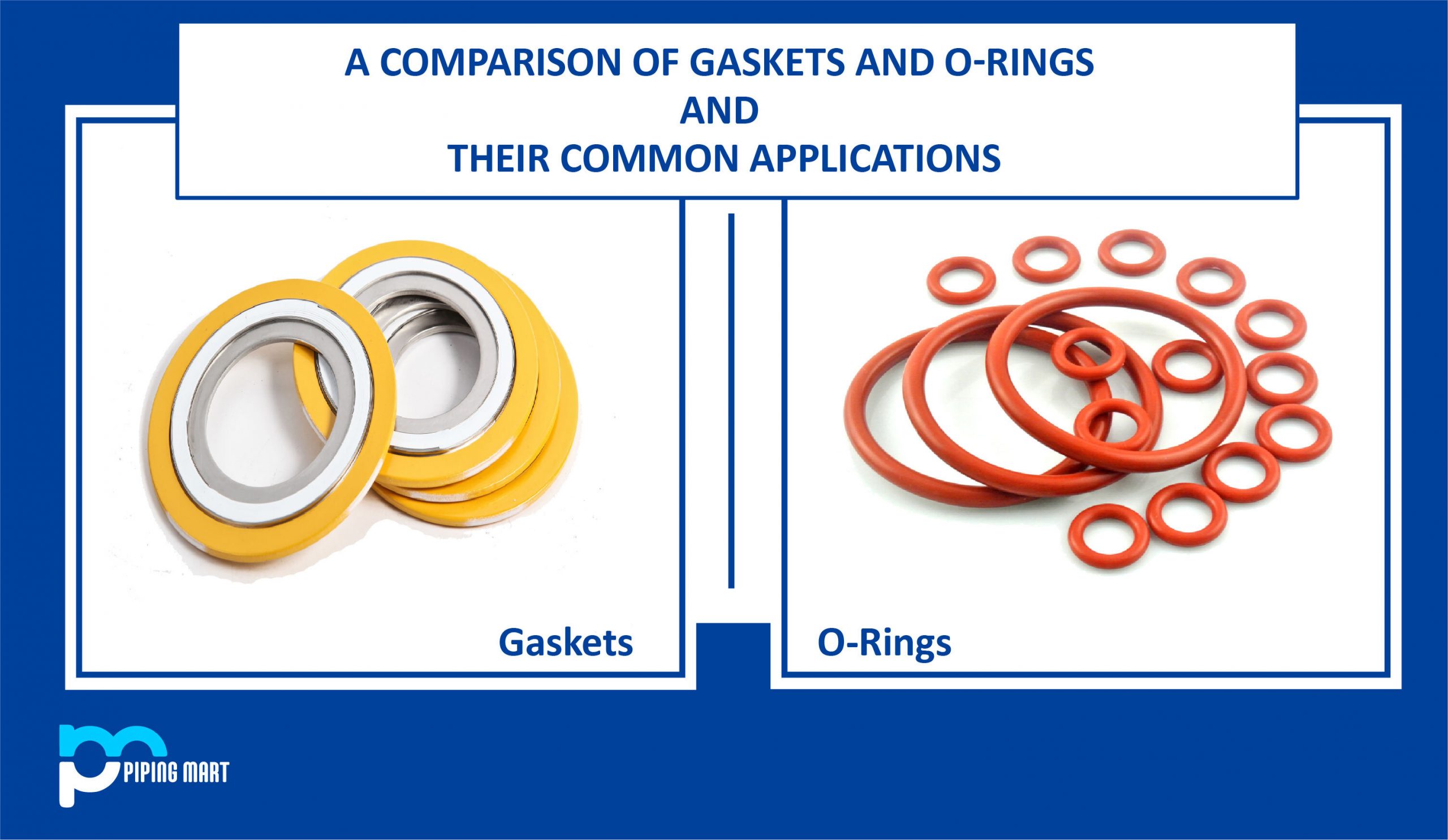Electroless plating, also known as autocatalytic plating, is a process that applies a thin layer of metal onto a substrate without the use of electricity. This process has become increasingly more popular due to its many advantages, such as cost efficiency, uniform coating thickness, high wear and corrosion resistance, and an ability to bond to various substrates. In this blog post, we will look at some of the most common applications of electroless plating.
Electrical Connectors & Circuit Boards
Electroless plating is commonly used for electrical connectors and circuit boards due to its ability to provide uniform coating thickness over complex geometries. This is especially important for electrical connectors as it ensures good contact between mating surfaces, which helps reduce resistance and improves electrical performance. Additionally, electroless plating can also be used in conjunction with other types of platings (such as hard chrome or nickel), which further enhances the performance of the connector.
Medical Instrumentation & Implants
Electroless plating is also used in the medical industry due to its excellent corrosion resistance properties, which help extend the lifetime of medical instruments and implants. Metal implants need to have good corrosion resistance in order to properly function within the human body without corroding or releasing any toxins. The uniformity provided by electroless plating allows for consistent results across multiple parts, ensuring that each part meets the required specifications for safety and performance.
Automotive Components & Tools
The automotive industry has also adopted electroless plating due to its cost efficiency and versatility as a finishing solution. Automotive components are often exposed to harsh conditions such as extreme temperatures and weather so they need strong protective coatings that can stand up against these elements while still providing good lubricity when necessary. Moreover, tools such as wrenches and sockets require good wear resistance in order to stay sharp even after repeated use over time. Electroless plating’s combination of cost efficiency, uniformity, corrosion resistance, lubricity, and wear resistance make it an ideal finishing solution for automotive components and tools alike.
Conclusion:
From electrical connectors/circuit boards to medical instrumentation/implants to automotive components/tools – electroless plating is becoming an increasingly popular process due to its many advantages, such as cost efficiency, uniform coating thickness, high wear/corrosion resistance, and the ability to bond with various substrates. For these reasons, electroless plating has become an essential tool in many industries today, making it one of the most versatile forms of metal finishing available on the market today!

Pipingmart is a B2B portal that specializes in metal, industrial and piping items. Additionally, we share the latest information and information about materials, products and various types of grades to assist businesses that are involved in this business.




